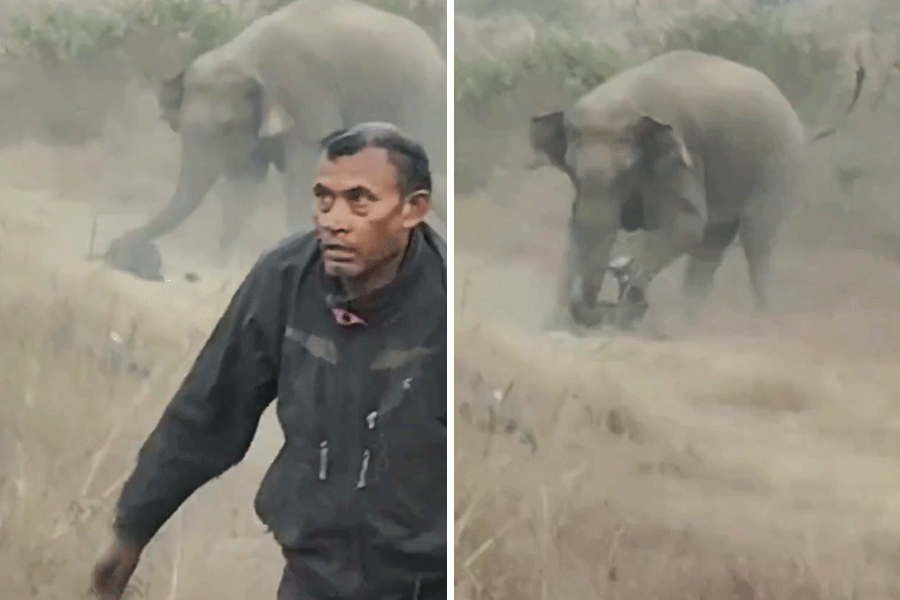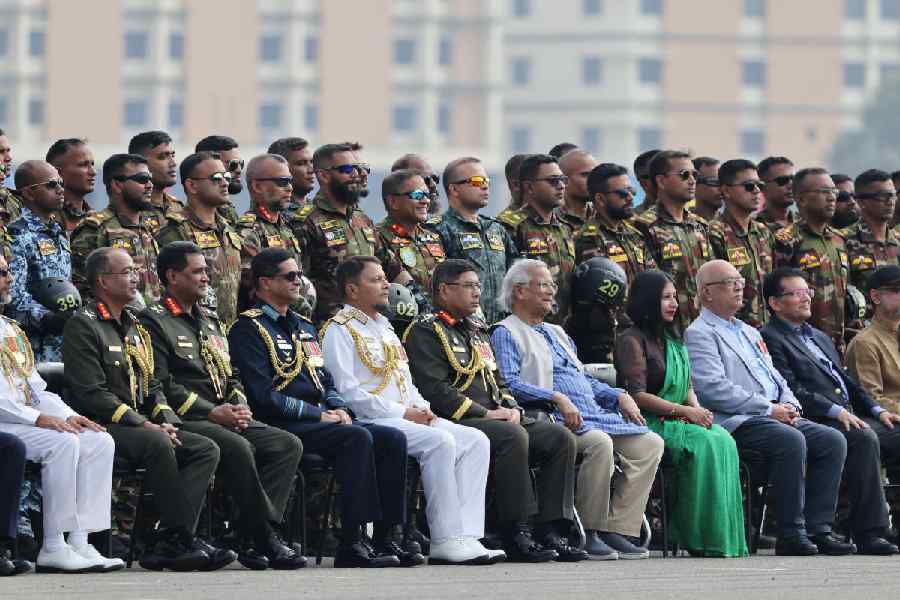 |
| Braveheart: Noor Inayat Khan playing the veena. |
In the summer of 1943, a beautiful Indian princess walked out of her house on Taviton Street in London, unable to tell her mother and sister that she may never return. The gentle Noor Inayat Khan, a proud descendant of Tipu Sultan, was to leave on a dangerous mission. She was to become the first woman radio operator to be dropped undercover behind enemy lines. Her code name was Madeleine. The name by which her family called her — Babuli — would not be used again.
Last week, a quiet corner of Gordon Square Gardens in Bloomsbury became forever Noor, as Princess Anne unveiled the statue of the World War II heroine near the house from where she left on her last mission.
“It [the statue] will get many more people to ask the question — who she was, why she is here and what we could achieve in her memory,” said the Princess Royal, who is herself the commandant of the FANY (the First-Aid And Nursing Yeomanry), the corp that Noor was commissioned to as a cover for her secret operations.
“Stories like Spy Princess,” said Princess Anne, “have a real connection in the modern era. And to have a statue here reminds us of just that… the multicultural aspect, the international aspect of her life and her sacrifice.”
As the square came alive with the uplifting music from Noor’s European Sufi tradition, it was an international tribute to the war heroine, who was born in Moscow to an Indian father, Hazrat Inayat Khan, and an American mother, Ora Ray Baker, and brought up in Paris where she was educated at the Sorbonne and the Ecole Normale de Musique, studying harp and composition under the famous Nadia Boulanger. Veterans in their nineties who had worked as radio operators in the Special Operations Executive (SOE) had crossed the Channel from France to pay their respects and veteran RAF pilots who had flown the agents on their missions came from all over UK. They stood in silence as The Last Post was played in memory of their gentle colleague.
The campaign to install a personal memorial for Noor Inayat Khan was a high profile one with backing from the British Prime Minister, David Cameron, the Speaker of the House of Commons, John Bercow, the chief of defence staff, General Sir David Richards, and several cross-party MPs and peers. It is the first memorial for an Asian woman in Britain. The Prime Minister sent a message from 10 Downing Street: “It is impossible not to be moved deeply by Noor Inayat Khan’s bravery in the face of capture, interrogation, and harsh imprisonment, and by her cruel death met with indomitable courage. This will pay tribute to the inspiring self-sacrifice of a young Muslim woman who fought in British ranks in the world-wide struggle against racism and oppression.”
She also represented the two and half million Indian soldiers who had volunteered for the World War II and whose contribution has often been overlooked.
Given her gentile family background, Noor could have remained a writer and a musician. But as war clouds gathered in Europe, she along with her brother, Vilayat, took a crucial decision. They would go to England and volunteer for the war effort. Though they were Sufis and believed in non-violence, both brother and sister felt that it was a crime to stand by and watch.
In 1940, with the German army about to occupy Paris, Noor and her family joined the streams of refugees leaving the city. In a blitzed-out London, she immediately volunteered for the Women’s Auxiliary Air Force (WAAF) and began training as a radio operator. It was her excellence in Morse, coupled with the fact that she was fluent in French, which made her an ideal candidate for the SOE, a secret organisation set up by Churchill to “set Europe ablaze”. For the first time in World War II, women were going to be sent to the frontline as secret agents.
Noor was told that she would be flown into Paris under cover, have a false name and identity and no protection under the Geneva Convention as she would not be in uniform. If she was caught, she would be shot. Without hesitation, she said she would take the job.
She was flown to France on a full-moon night and dropped in a field with only her passport, a clutch of French francs, a cyanide pill and a pistol. She had to make her way to Paris to join the circuit. But within a week disaster struck her circuit and all the main operatives were arrested. Noor was asked to return to London as it was too dangerous in the field, but she stayed on vowing to re-build the circuit. Single-handed she did the work of six radio operators, playing a cat and mouse game with the Gestapo who had launched a massive operation — code-named Operation Diana — to trace her.
In the end, she was betrayed and captured. Despite brutal interrogation, she revealed nothing, making two escape attempts from the heart of the high-security prison in Paris. Classified as “highly dangerous” she was sent to Pforzheim prison in Germany and incarcerated there for 10 months. On September 12, 1944, she was transported to Dachau concentration camp with three colleagues. There she was singled out for further torture and after being kicked and beaten all night, shot point blank by a brutal SS officer. Defiant till the end, the descendant of the Tiger of Mysore went down screaming “Liberté!”
Her last words have been carved on the monument in Bloomsbury to remind the world that a beautiful young woman unhesitatingly sacrificed her life, so the world could be free of fascism.











